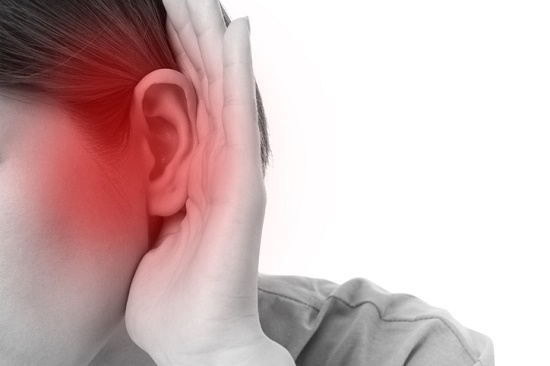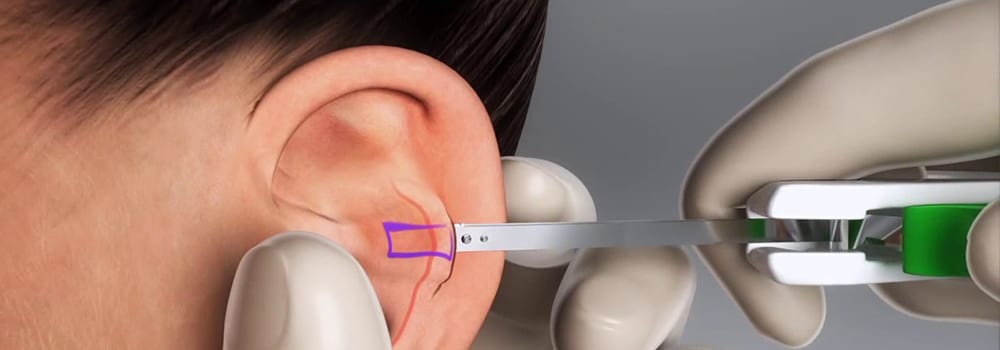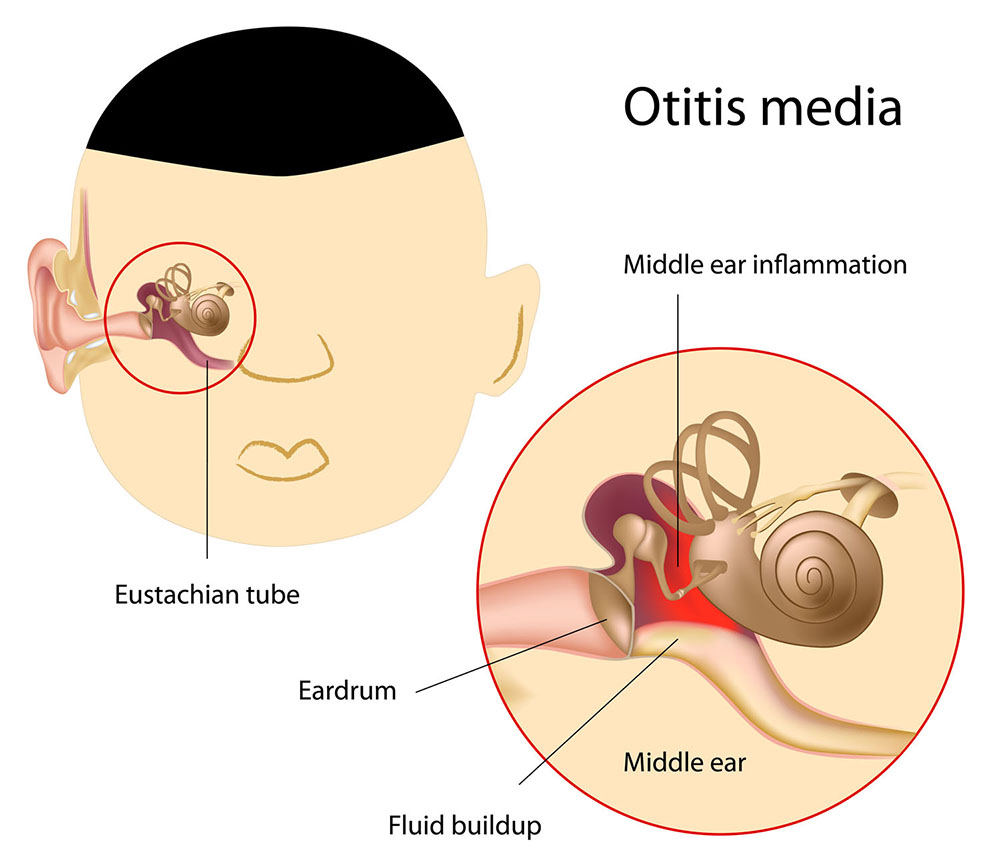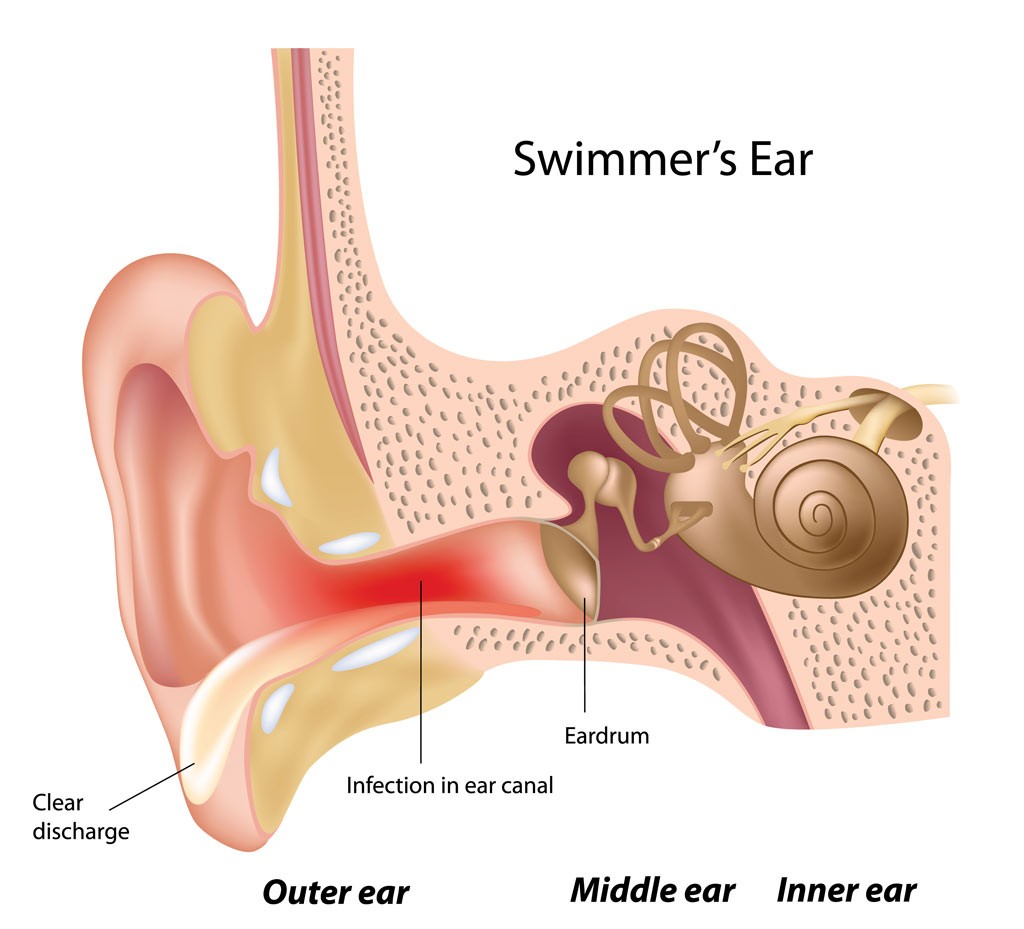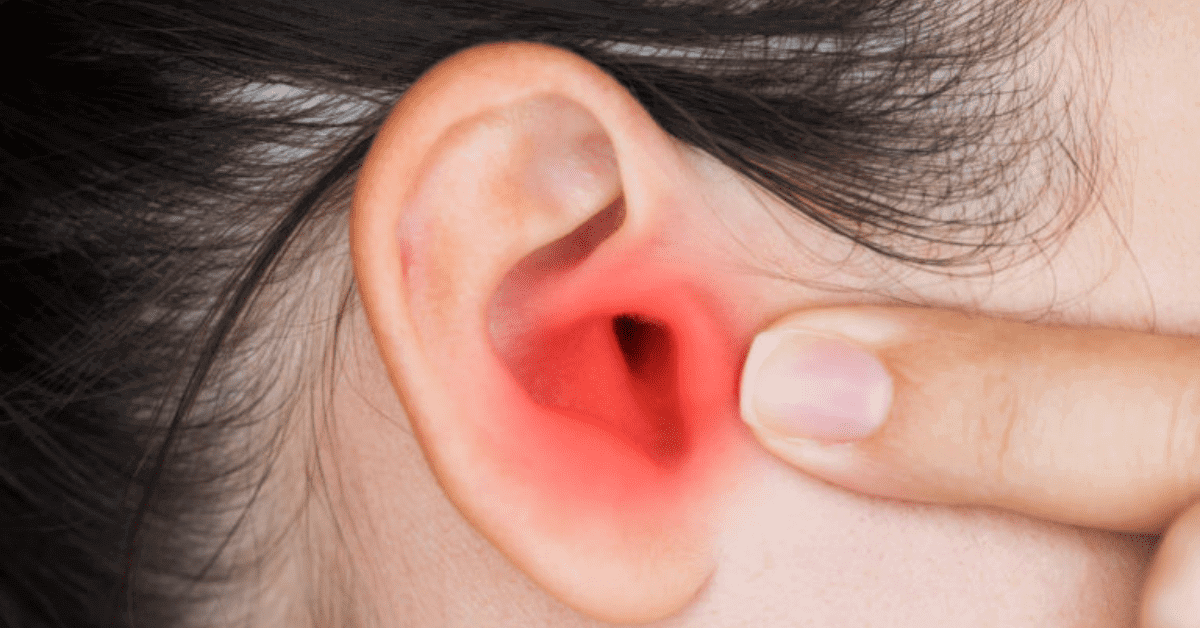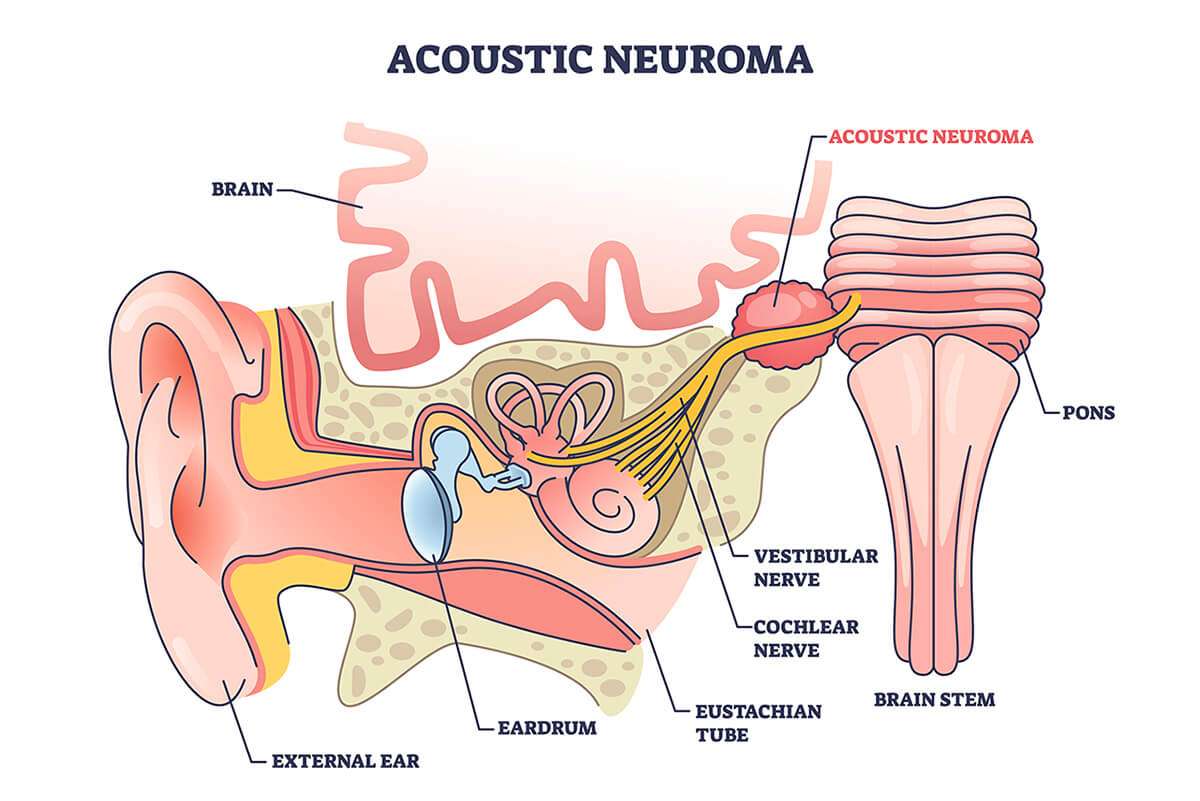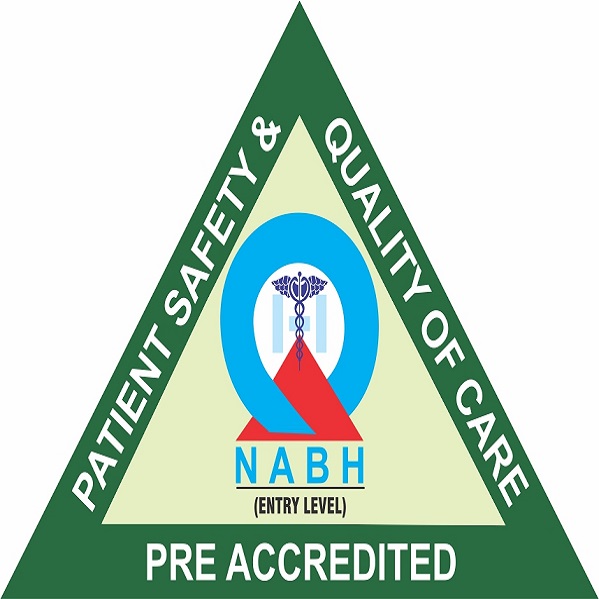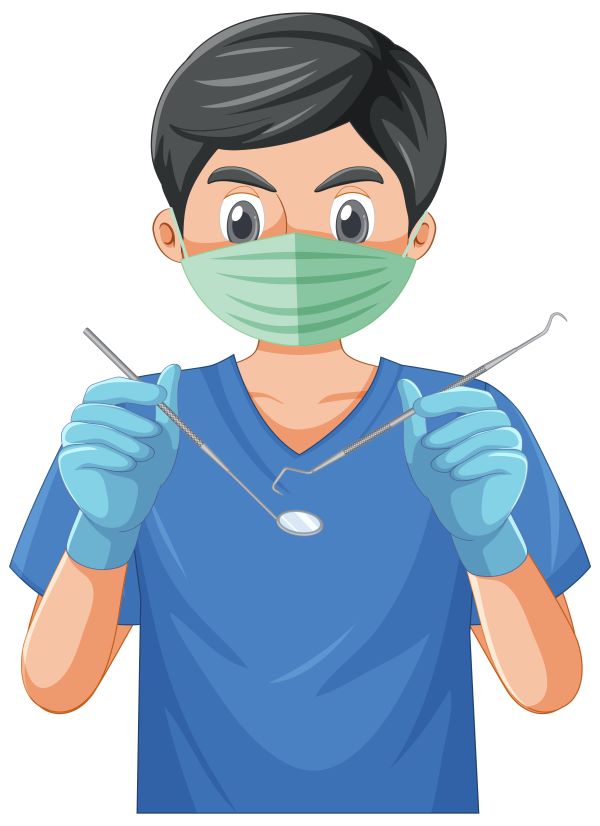
Introduction: Ear, nose, and throat (ENT) health plays a crucial role in our overall well-being, impacting our ability to communicate, breathe, and maintain balance. In this blog post, we delve into the realm of ENT surgery and explore valuable insights shared by Dr. Rahul Agrawal, a distinguished ENT surgeon, emphasizing the importance of harmony in hearing and health.
Understanding ENT Surgery: ENT surgery encompasses a diverse range of procedures aimed at diagnosing and treating conditions affecting the ear, nose, throat, and related structures. From addressing hearing loss and sinus problems to managing vocal disorders and head and neck cancers, ENT surgeons play a vital role in restoring function and improving quality of life for their patients.
Insights on Hearing Health: Dr. Rahul Agrawal underscores the significance of hearing health in maintaining overall well-being and quality of life. As a cornerstone of communication and connection, hearing plays a fundamental role in our daily interactions and experiences. Through comprehensive evaluations and advanced treatments, ENT surgeons strive to preserve and enhance hearing function, empowering individuals to fully engage in life’s activities.
Addressing Nasal and Sinus Disorders: Nasal and sinus disorders can significantly impact respiratory function and quality of life, leading to symptoms such as congestion, facial pain, and impaired breathing. Dr. Agrawal highlights the importance of accurate diagnosis and tailored treatment plans to effectively manage conditions such as sinusitis, nasal polyps, and deviated septum. Surgical interventions, including endoscopic sinus surgery, offer minimally invasive solutions for restoring nasal and sinus function.
Restoring Vocal Health: Voice disorders can have profound effects on communication and self-expression, affecting individuals across various age groups and professions. Dr. Rahul Agrawal discusses the evaluation and management of voice disorders, ranging from benign lesions like vocal nodules to more complex conditions such as laryngeal cancer. Through voice therapy, surgical interventions, and innovative treatments, ENT surgeons help patients regain vocal harmony and confidence.
Combatting Head and Neck Cancers: Head and neck cancers present unique challenges due to their complex anatomy and potential impact on essential functions such as swallowing and speech. Dr. Agrawal emphasizes the importance of multidisciplinary care in the treatment of head and neck cancers, involving collaboration between ENT surgeons, oncologists, and other specialists. Surgical expertise, coupled with advances in radiation therapy and chemotherapy, offers comprehensive treatment options with the goal of achieving optimal outcomes and preserving quality of life.
Embracing Technological Advancements: Advancements in medical technology have transformed the landscape of ENT surgery, enabling more precise diagnoses and minimally invasive treatments. Dr. Rahul Agrawal highlights the role of advanced imaging techniques, robotic-assisted surgery, and innovative implants in enhancing surgical outcomes and patient satisfaction. By embracing these technological advancements, ENT surgeons can deliver personalized, effective care while minimizing risks and recovery times.
Conclusion: Harmony in hearing and health is achievable through the expertise and dedication of ENT surgeons like Dr. Rahul Agrawal. By addressing a wide spectrum of conditions affecting the ear, nose, and throat, ENT specialists play a pivotal role in improving patients’ quality of life and restoring their ability to communicate, breathe, and engage fully in the world around them.
For more info. please visit : https://www.ahrihospital.com/


